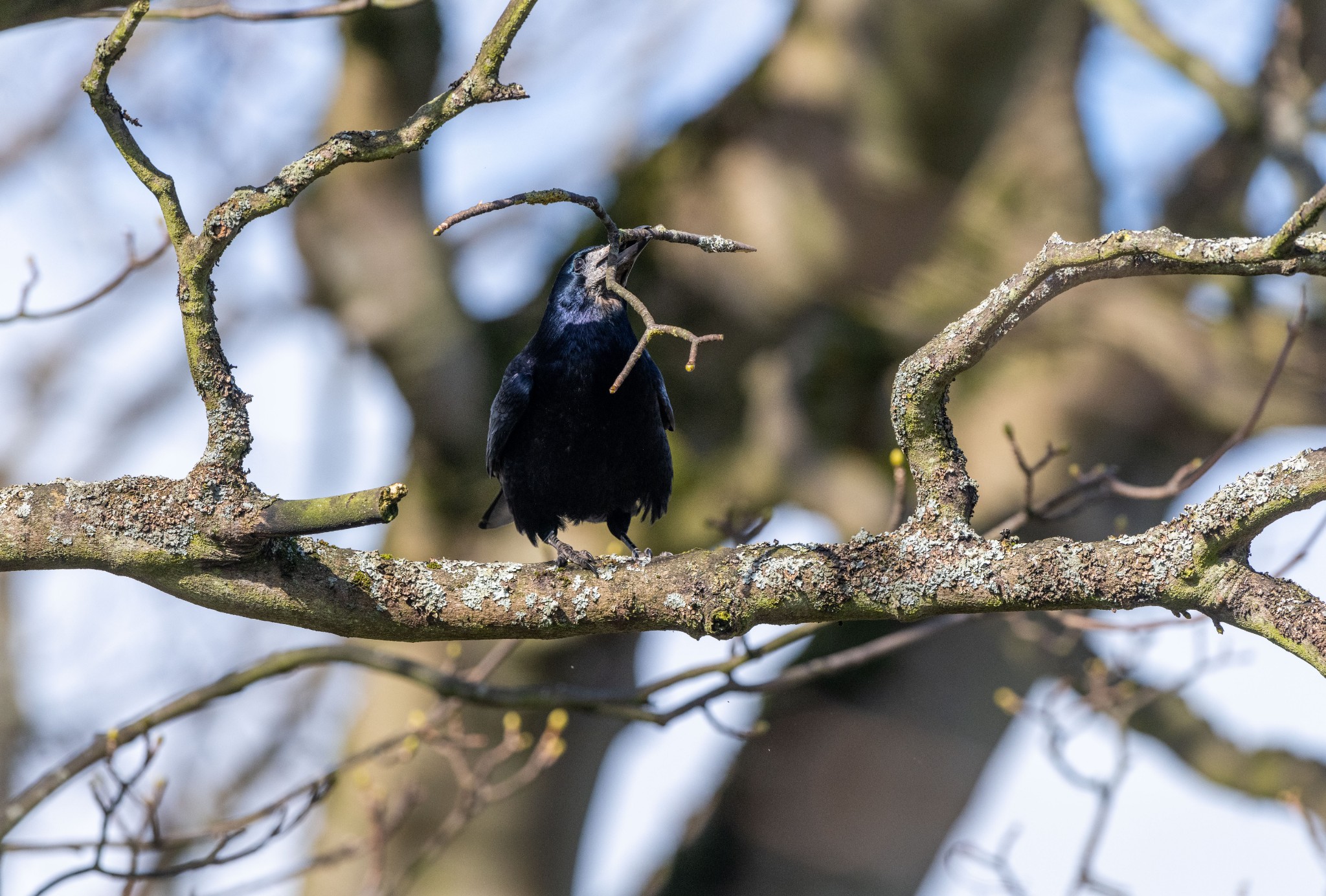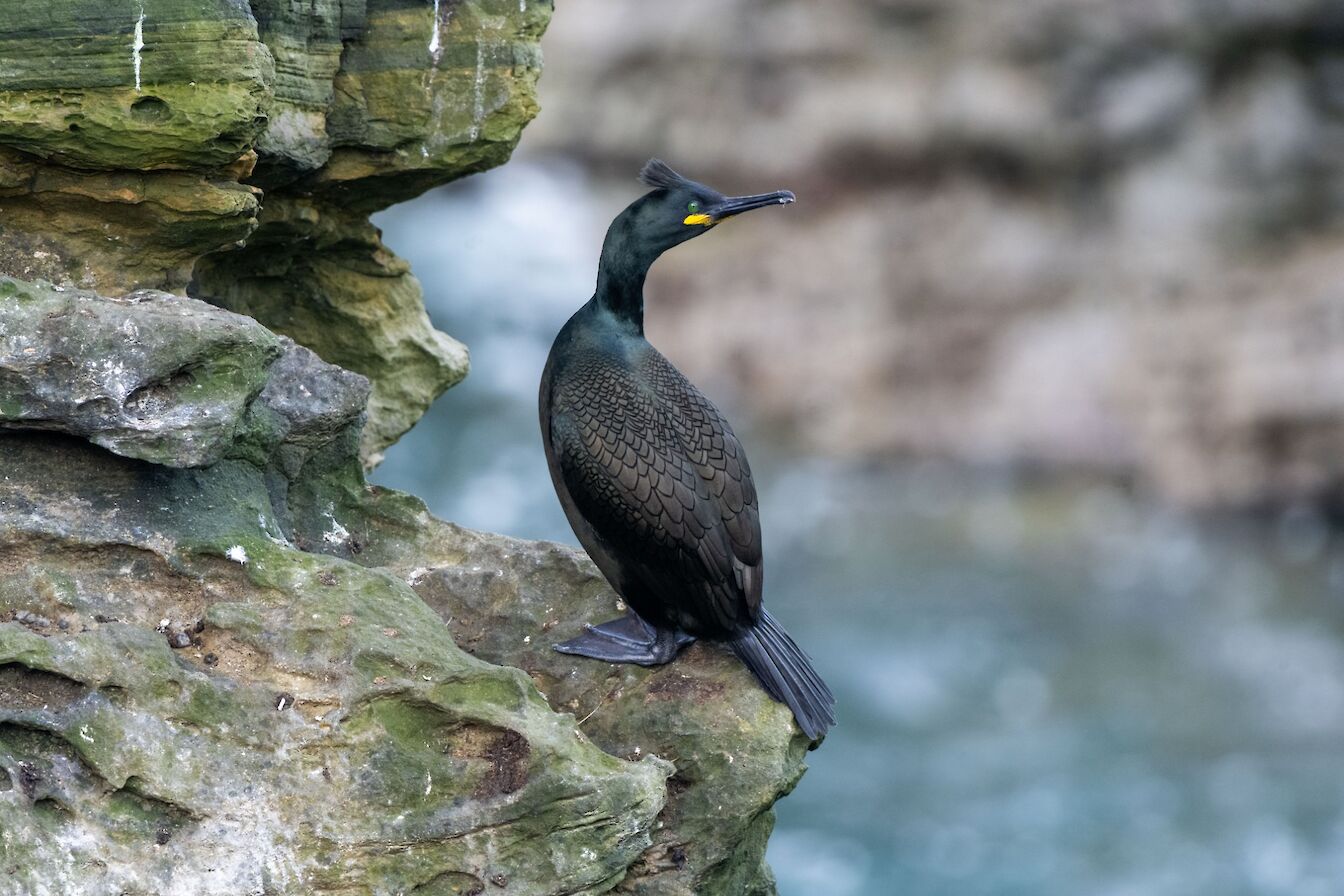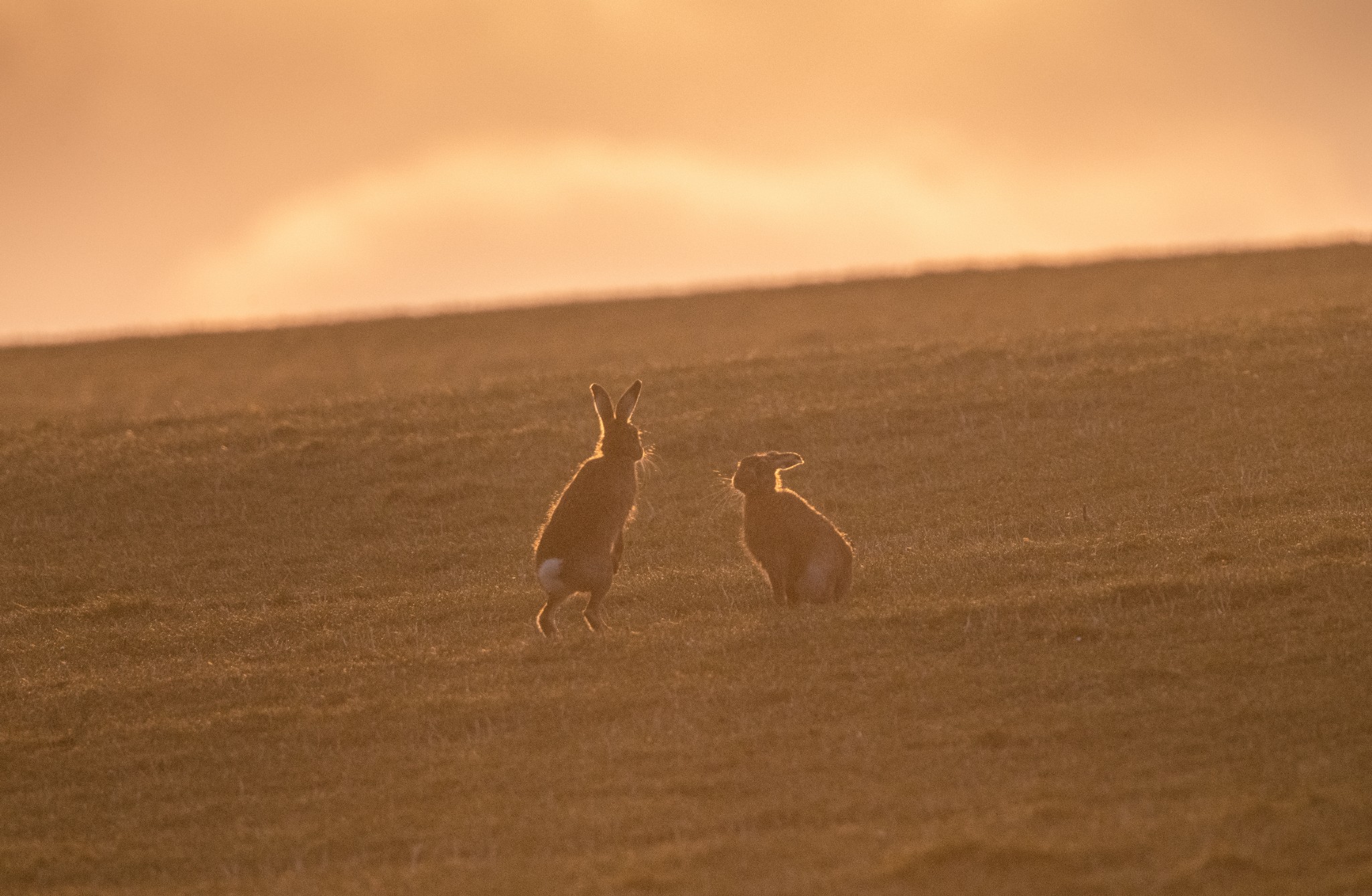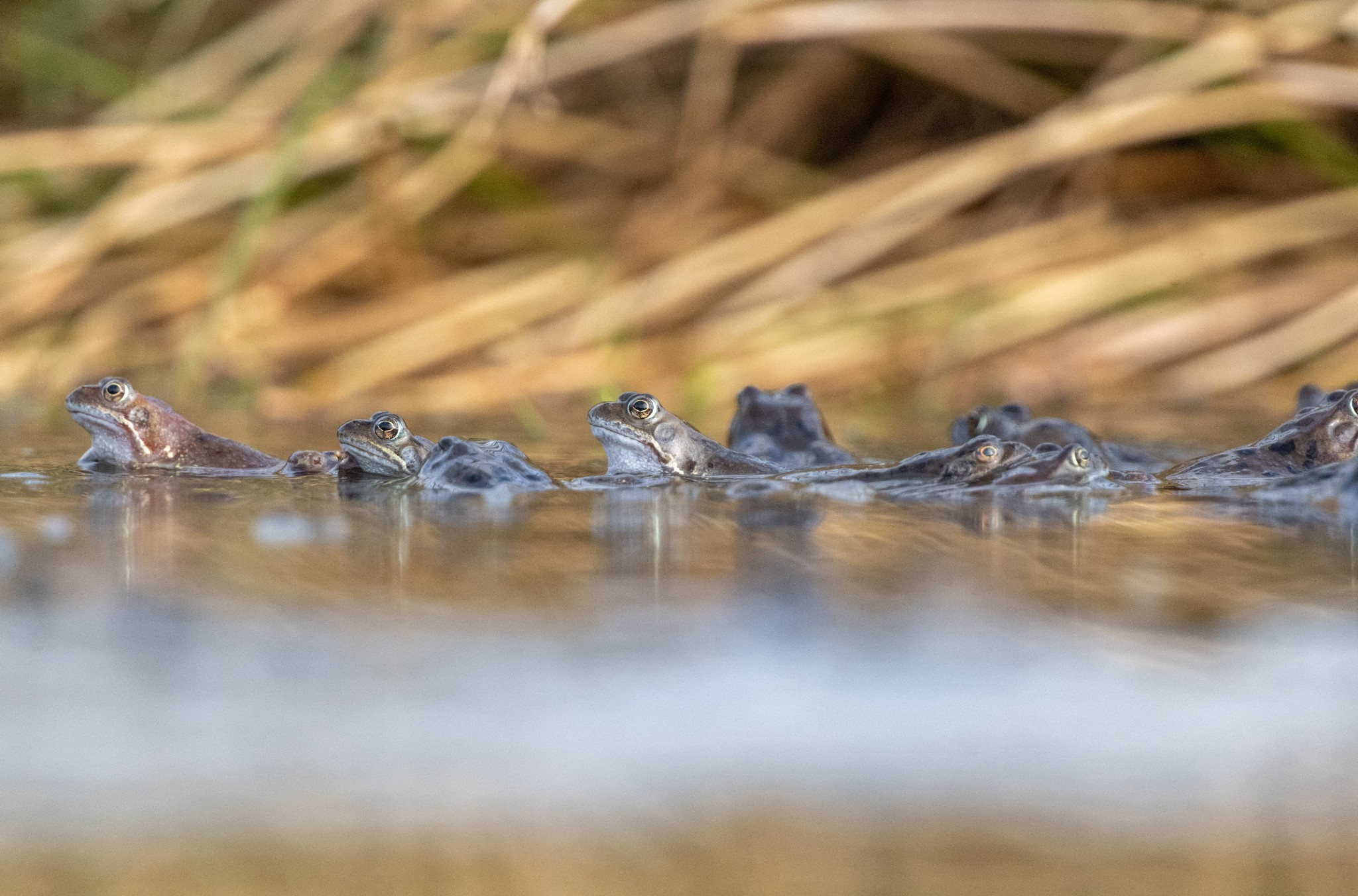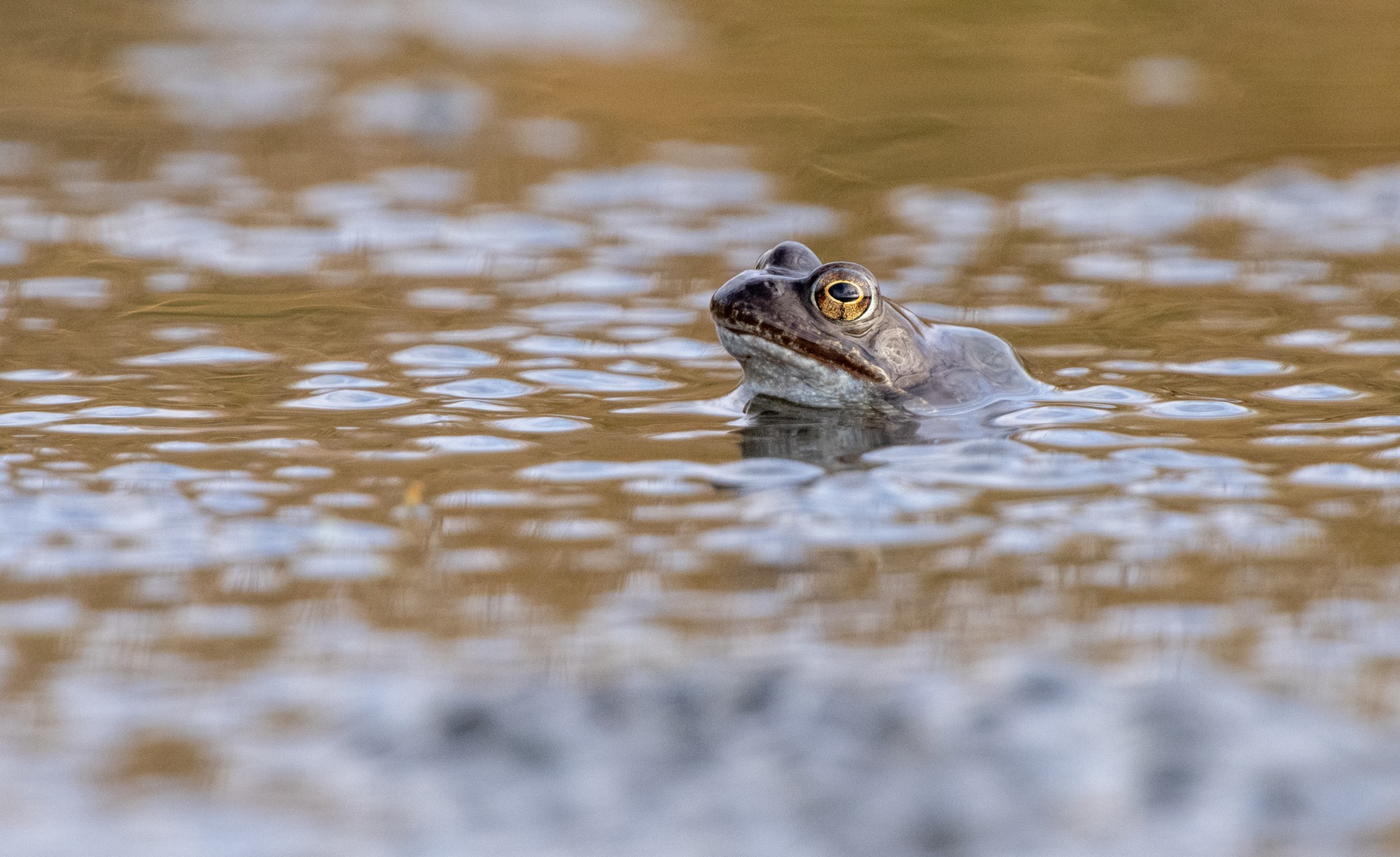As I type this there isn’t a cloud in the sky and there’s a wall of sky blue before me.
Despite the cool air there are signs of spring everywhere. Hen harriers have started 'sky dancing’, the aerial ballet courtship of these fine raptors played out over moorland hills. Head to Brodgar and the air is alive with the song of skylark, the quintessential herald of spring. Amongst the medley is the bubbling of curlew and the looping call of lapwings, who are tumbling over favoured nest sites on broad wings.
It is hard to choose my favourite signs of springs as they are all wonderful but I thought I would choose those that are more obvious. Sometimes the birds and animals that are easy to see are often overlooked as commonplace, but there is much beauty and intrigue to be found there too.
Rooks
Ok, bear with me! I include the rook not only because they are a fascinating, intelligent bird to observe, but also because they’re abundant in both Stromness and Kirkwall.
As they build their nest early there aren’t leaves on the trees yet and so we can easily observe them going about their business. I live in the centre of Kirkwall with an open view of St Magnus Cathedral so I’ve been lucky enough to see them flying over in their hundreds during autumn and winter to their favoured roost site at Berstane Wood.
Now though they are closer to home and I can see and hear them from my house as they go about building up their nests. By far my favourite place to watch these social and noisy birds is the Earl’s Palace opposite St Magnus Cathedral, the tall mature sycamores here are the ideal nest sites and it is a good strong colony. Just a stone’s throw away are other colonies at the Strynd and the Willows.
The winter storms have brought down plenty in the way of available nest material. I like to just sit a while on the grass and watch them collecting twigs. They’re quite discerning – if it’s not quite the right length or shape they will discard it for something more suitable.
What I hadn’t quite appreciated was just how good rooks are in the air. They’re very manoeuvrable, fast and dare I say quite elegant. Look out too for its cousin the jackdaw which breeds here in smaller numbers, a delightful little Corvid with a piercing pale blue eye and enchanting call. However, its much larger cousin, the raven, has a major head start on both these birds having already finished building its large nest, primarily on our big cliffs.
Shags
It’s not unusual to see large gatherings of shags during the winter months, sometimes hundreds strong rafting together in Hoy Sound. Indeed, the shag is a common bird year-round in Orkney, but it’s now in early spring that they look at their best. It’s almost like someone turned off the lights and when they turned them back on again it was ‘voila!’ - the shag is in full breeding plumage.
Bright sunshine brings the best out in these large seabirds; on dull days the shag looks like a universally dark or black bird. But once illuminated you’ll see it’s a deep bottle green, with its scalloped looking feathers giving it a somewhat reptilian appearance. It now also has a bright yellow gape, absent in winter, and most conspicuous of all an erect set of crest feathers that get buffeted in the wind, all set off by a bright emerald green eye.
Shags are now on their favoured nest sites - generally sheltered but often steep sections of cliffs - with the most coveted sites including small caves. Nest building will soon begin in earnest with busy adults flying back and forth with long pieces of kelp stipes to build up a substantial structure.
Shags aren’t against a bit of thievery either. Why go to the bother of collecting your own nest material when you can pull a piece off your neighbours whilst they aren’t looking? If you’re lucky you might even see the courtship display where the male throws his neck back towards his tail feathers.
Brown hare
Watching brown hares at this time of year is a real thrill and the prospect of seeing some exciting behaviour is almost guaranteed. The saying ‘mad March hare’ is quite apt, with the sight of them leaping, running, and bouncing off one another often seen here, but the breeding season for brown hares can actually run from February to October during which the female or ‘Jill’ can produce up to three litters.
In March and April however they are often seen in small groups of four to ten animals and this is your best chance of seeing the famed ‘boxing’ matches. These bouts aren’t between rival males or ‘Jacks’ as you might expect, but rather a female who isn’t ready to mate yet repelling the advances of a male, typically the dominant Jack in the group.
At a distance they can be confused with rabbits, which also seem to be doing well at the moment. However, the brown hare is a much larger animal. Look out for its distinctive ‘lolloping’ run compared to the ‘sprint’ of the rabbit. It has a wonderful rich orangey tinge to its fur around the shoulders and chest, pale underneath and, most distinctive of all, has black tips to its long thin ears as if dipped in ink.
The brown hare is an introduced species. There were several introductions in the early and mid-1800s and they were apparently to be found in Hoy, Eday, Rousay as well as some of the other isles. However, now they are restricted to the Orkney Mainland.
The good news is that they seem to be doing rather well and can be found all around the Mainland and are easy to spot. They favour short cropped grass fields with the option of rougher unimproved grassland or heather nearby in which to hide if disturbed. Early morning is best in order to see them out in the open. Brown hares are most active at night but at this time of year their activities spill into the wee daylight hours. Unfortunately, I really am talking about sunrise.
It is simply is a case of just driving around, I’ve seen them in multiple locations over the last month or so. The Old Finstown Road, the road to the Tingwall ferry slip, Marwick Bay, the Germiston Road as well as the open fields around Tankerness Loch.
Common frog
Although the common frog is native to Scotland this is another introduced species to Orkney, though it does seem that the fortunes of this amphibian have come and gone over the centuries resulting in multiple re-introductions.
It is not to be confused with the common toad, which is now mostly confined to Hoy and some West Mainland sites. The toad is an altogether dryer, less slimy looking amphibian and much ‘wartier’ in appearance.
I photographed these frogs at Happy Valley and it was a good lesson in not taking things for granted. It’s an animal that is so familiar in our psyche that I too was guilty in thinking I would just rock up, they would be present and I’d easily get some images. Not so! Frogs are very alert to quick movements and even to shadows. No doubt this shadow usually comes in the form of a grey heron so their wariness is to be commended.
I could see a large area of spawn in the shallow pool but only one frog. So, I sat motionless for a while and something remarkable happened. They were there all along and, one by one, a head popped up through the spawn. By the time ten minutes had passed there must have been 100 frogs there, croaking softly, all trying to get into prime position for mating, the odd frog leg flailing from underneath the surface!
The resulting mass of tadpoles that will emerge from this spawn will turn into tiny froglets by late June. Tadpoles may look cute but the pools and ditches in which they live are now incredibly dangerous for their other inhabitants as tadpoles are voracious predators!
But that’s not to say frogs have it all their own way. Otters are partial to frogs and if they come across an active pool they will literally clean up. It’s quite a scene, the tell-tale signs are the rolled-up skins of the frogs, presumably distasteful or inedible for the otter. However, frogs are so widespread and abundant in Orkney that any losses to otters will be very small indeed.
Find out more about Raymond’s work via his official website. You can also find him on Facebook, Twitter and Instagram.
